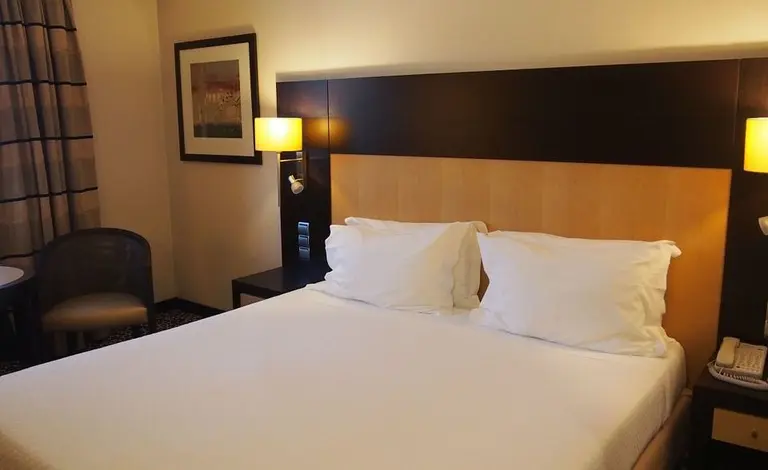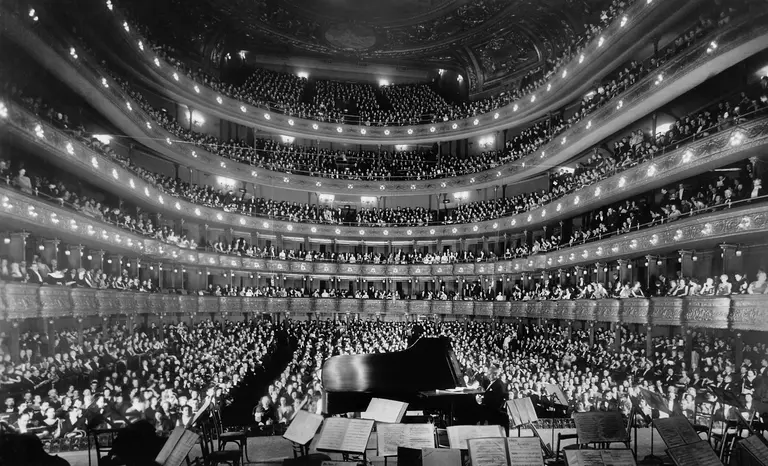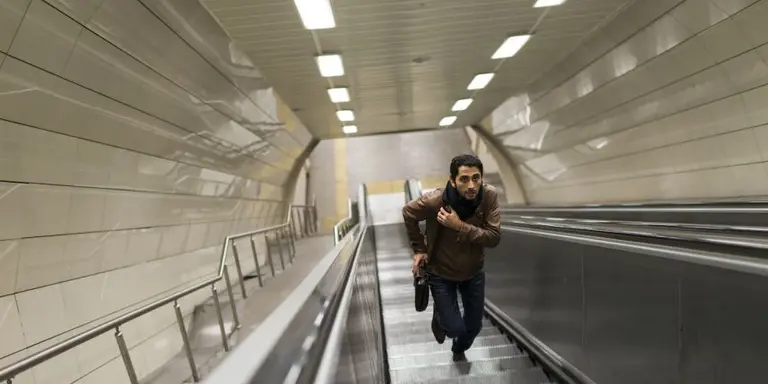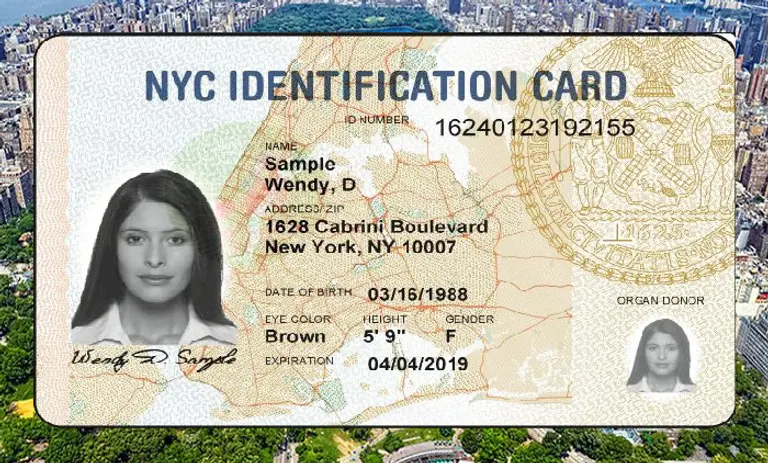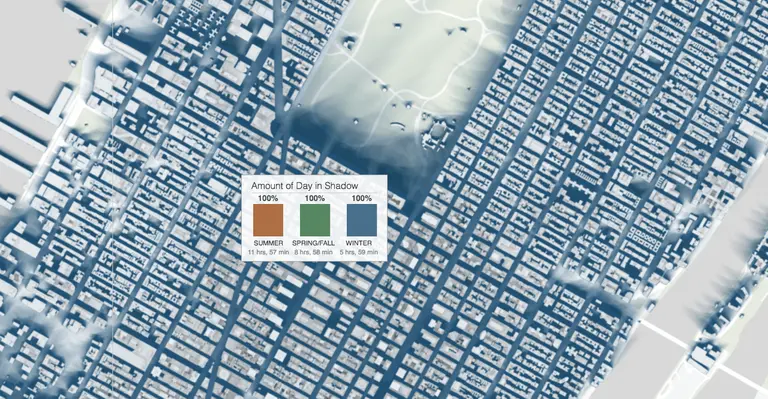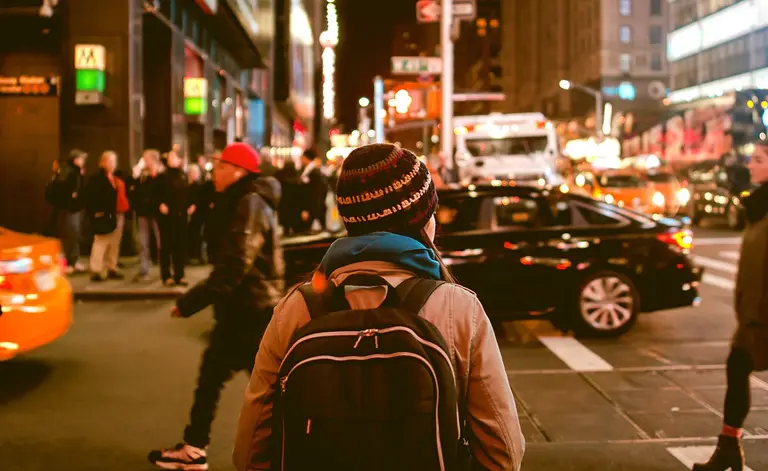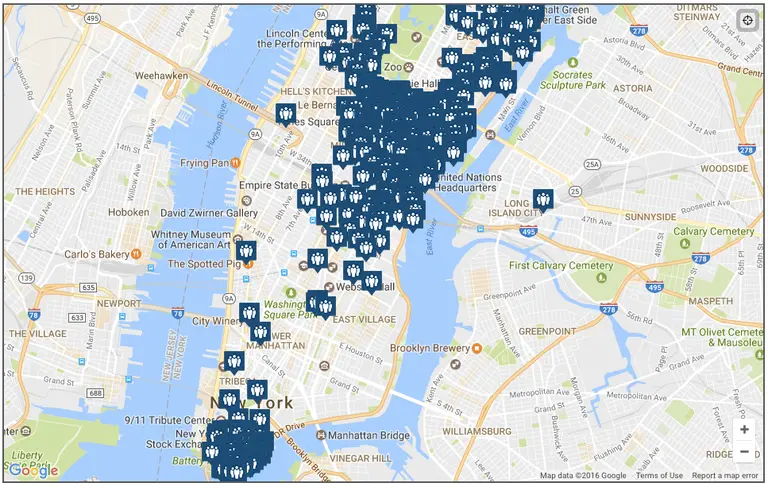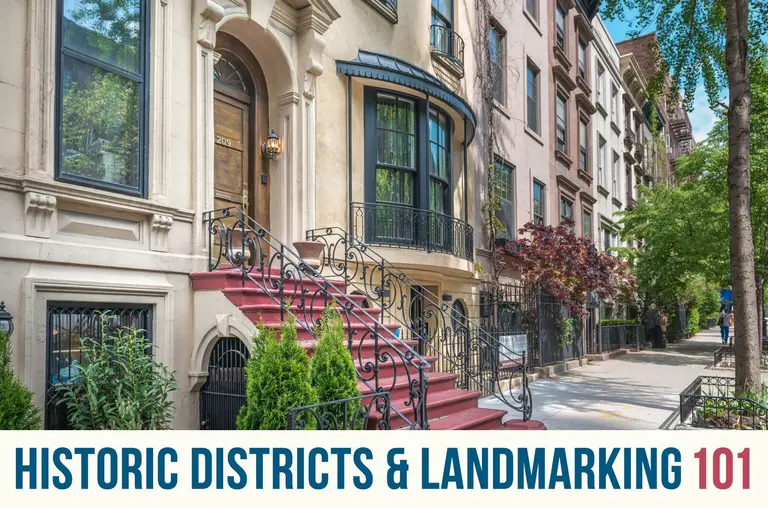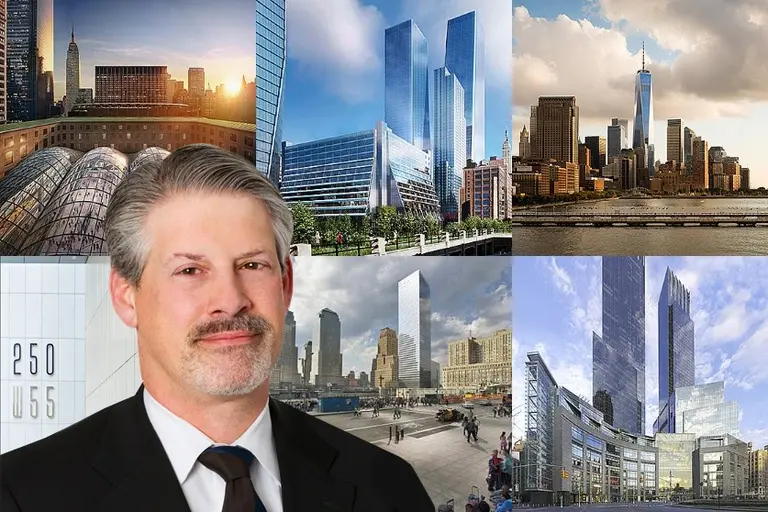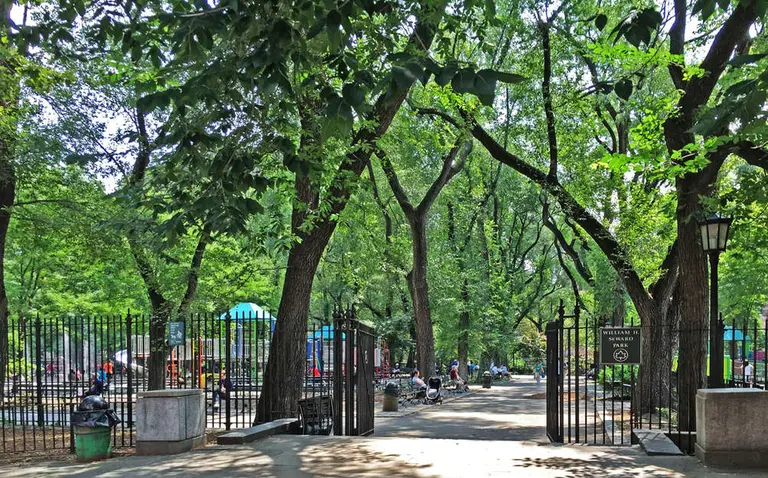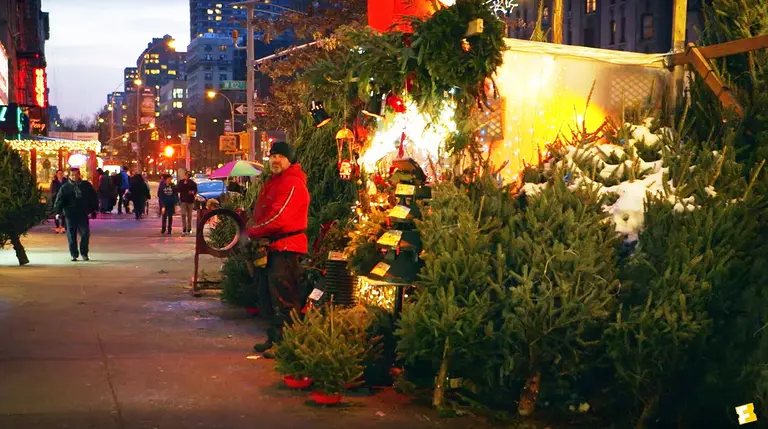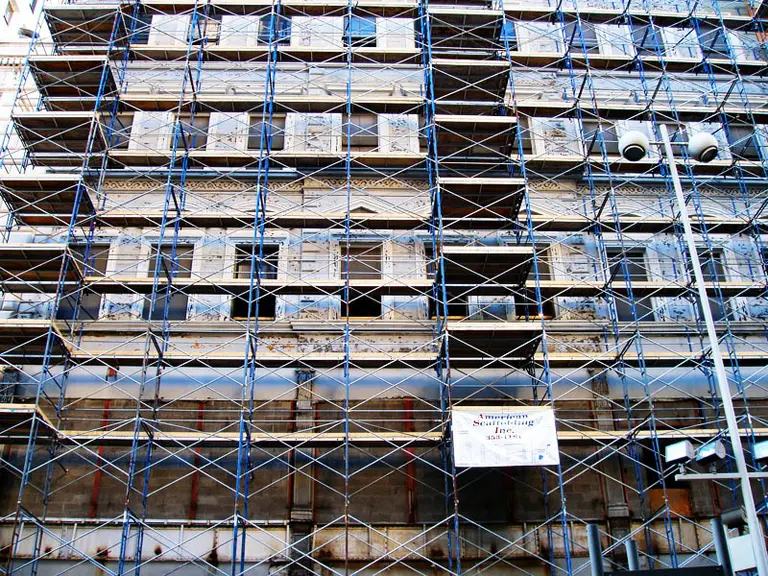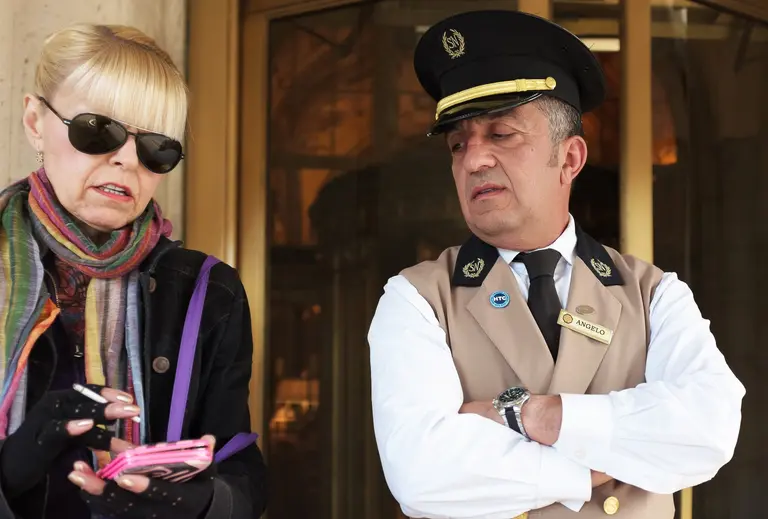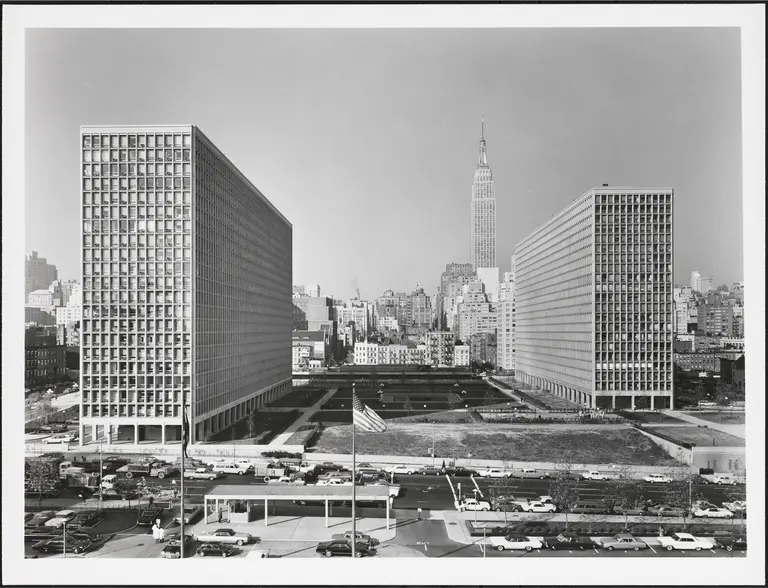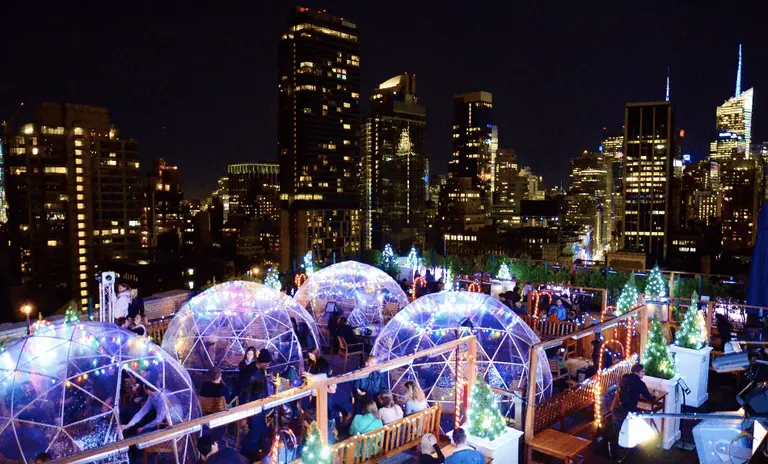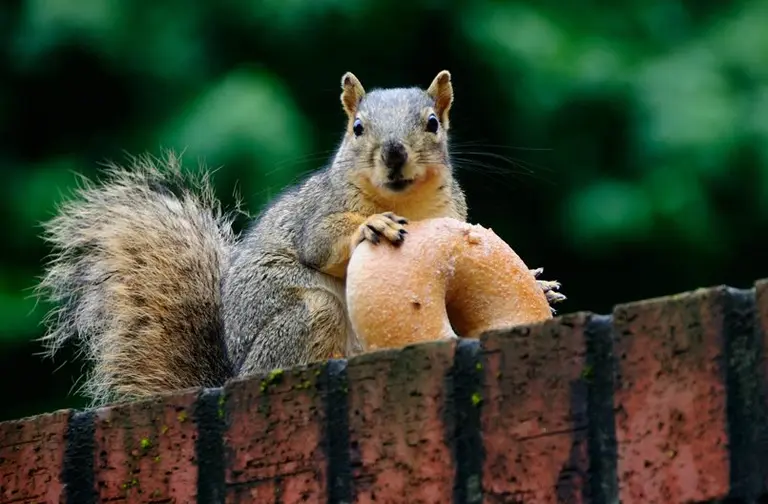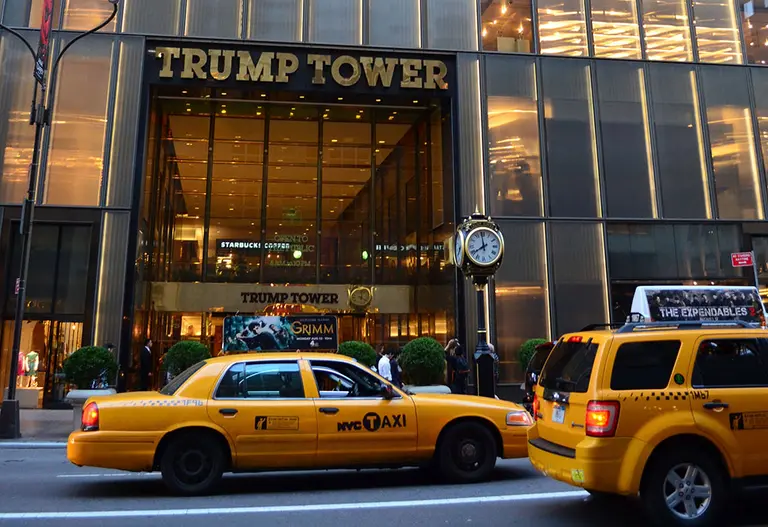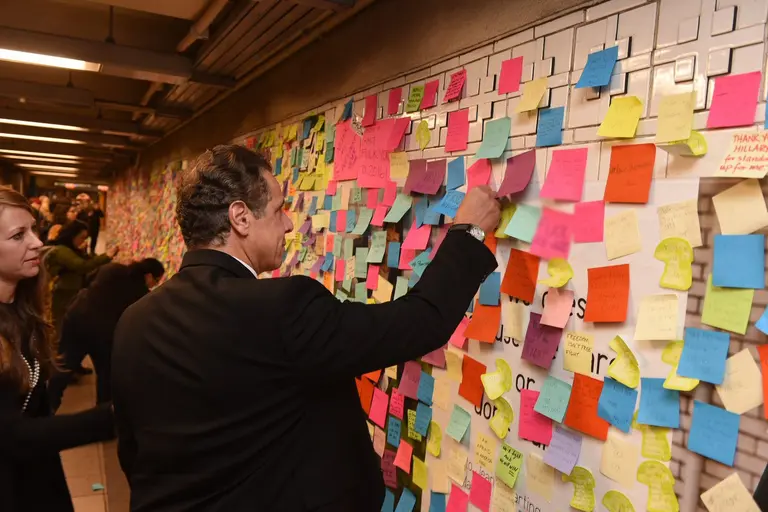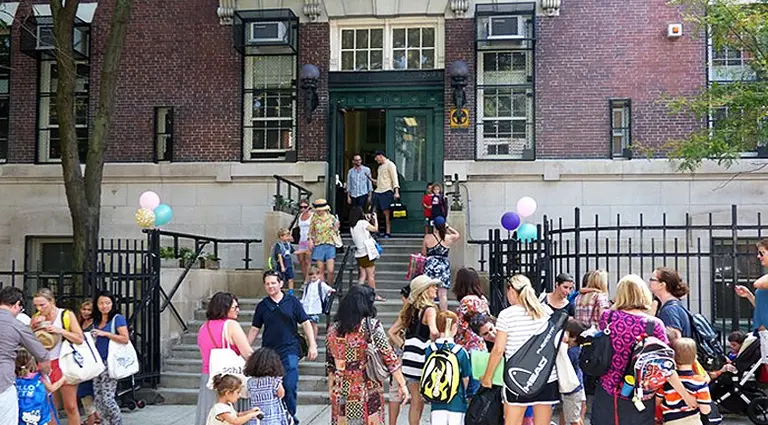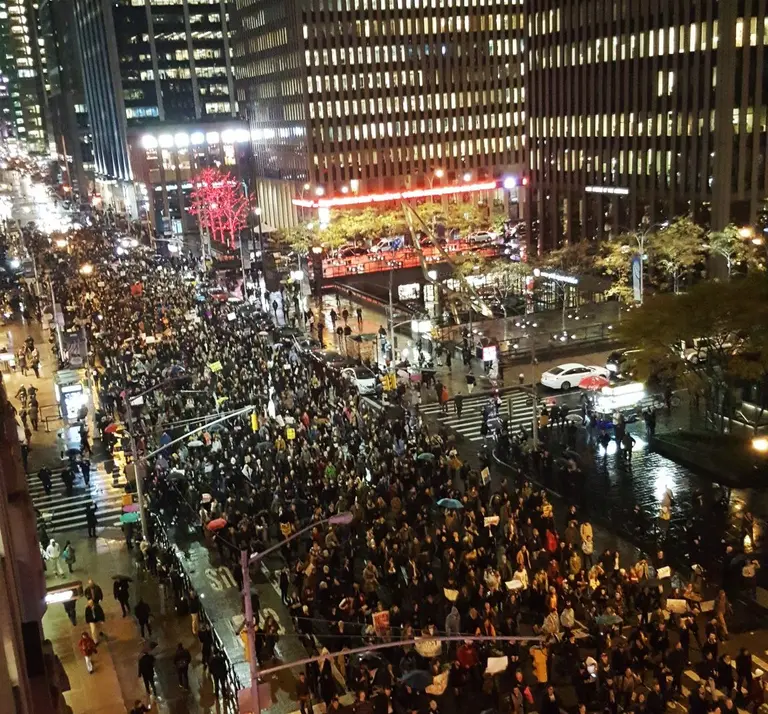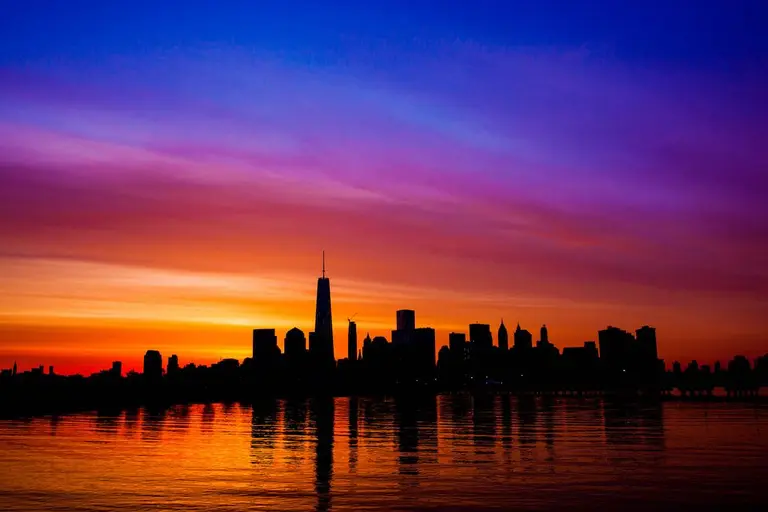December 21, 2016
The Times calls the phenomenon a "struggle for light and air." And indeed, while New York City architecture is lauded for both its design and innovation, the decades-long race to build bigger and taller has taken a toll on the cityscape, particularly in the form of shadows. While any recent criticism of the effect has been directed towards the towers rising along Billionaire's Row, as The Upshot's map reveals, New Yorkers on the whole spend a lot of their time cutting through long stretches of shadow. The map documents thousands of buildings across the five boroughs, denoting age, height and the resulting shadows cast at ground level over the course of one day, down to the minute, during all seasons. As seen above, tall-tower haven Central Park South is cloaked in darkness 24/7 during the fall, winter, spring and summer months—but then again, if you peruse the map, you'll see a lot of other blocks are too.
find out more
